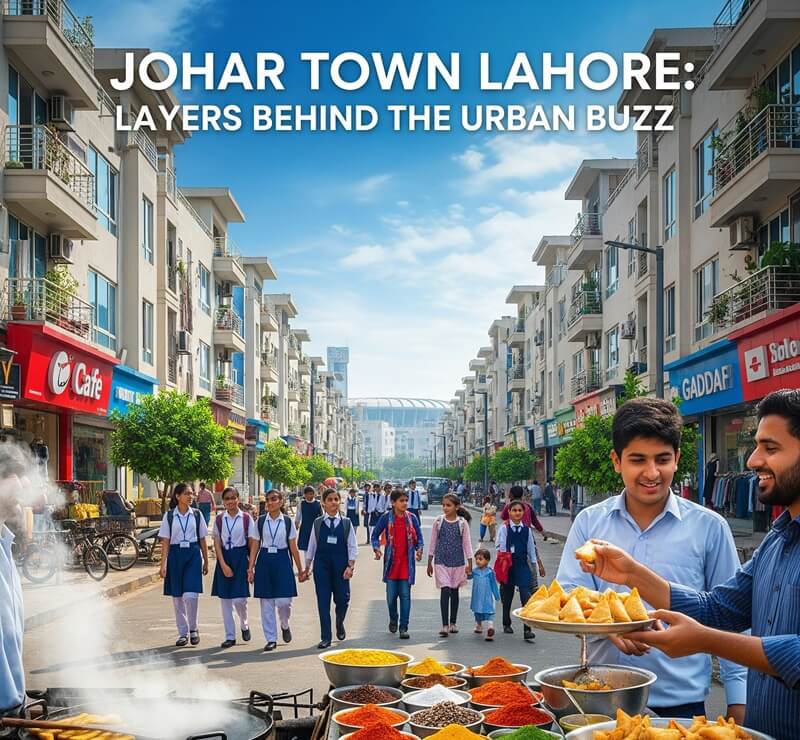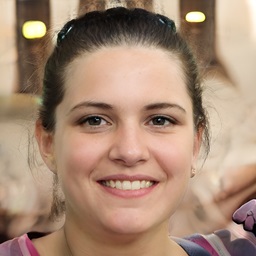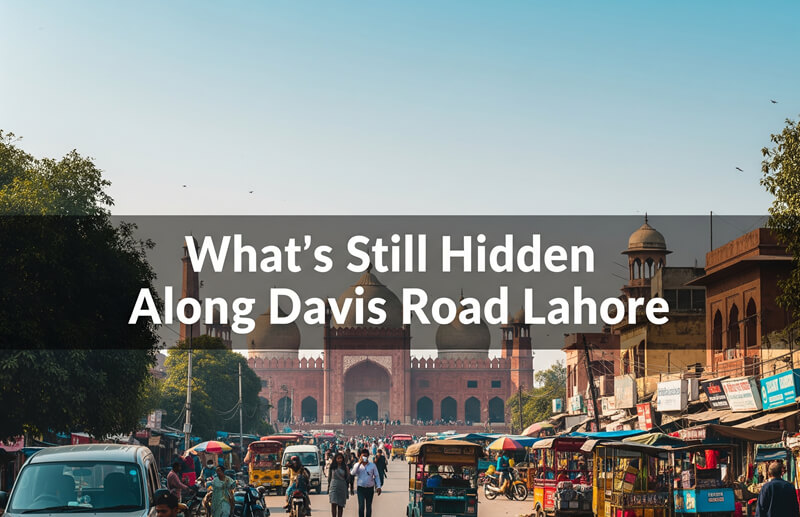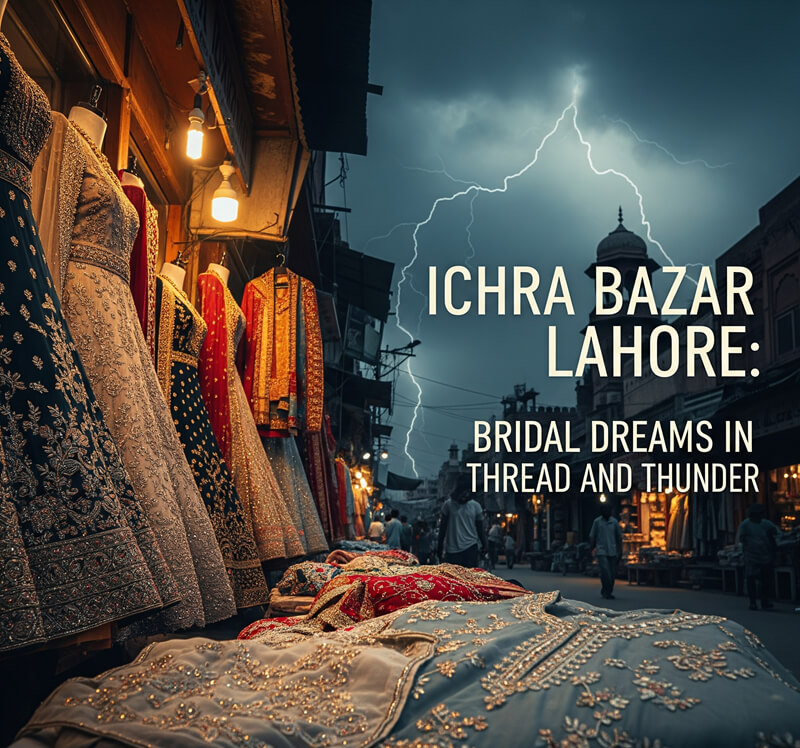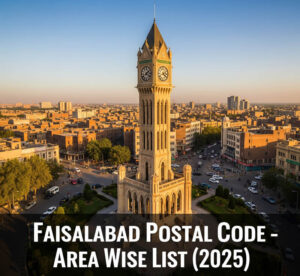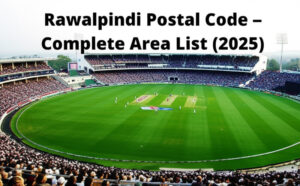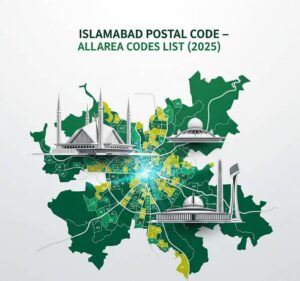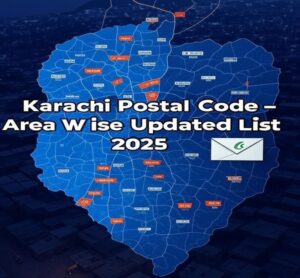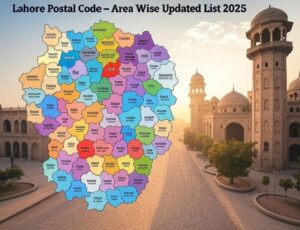Johar Town Lahore: Layers Behind the Urban Buzz
Johar Town Lahore: Where Lahore Grows Sideways
You don’t just visit Johar Town—you get pulled into it. People move here for the schools, the hospitals, the business opportunities. Some get lost in its block maze. Others never leave. And honestly, once it gets under your skin, it’s hard to imagine life outside it.
It’s noisy. Overbuilt. Full of plazas that look like they were finished yesterday. But it’s alive. And that’s the part that keeps everyone coming back.
Where Does Johar Town Actually Begin and End?
You’d think a place this big would have clear boundaries. Not quite.
Johar Town sits between Faisal Town, Township, and Valencia Route on one end, and Model Town and Canal Road on the other. You’ve got Maulana Shaukat Ali Road slicing through, with Canal Road marking one of the main exits.
The whole thing is divided into Phases and Blocks—Phase 1 is older and more settled; Phase 2 keeps spreading. And yes, you’ll probably need a real estate agent just to figure out which Block J1 ends and where Block R3 begins.
What Is Johar Town Known For?
At this point, probably everything.
It started as a planned housing scheme in the ’90s. Now, it’s grown into a self-contained economy. Want to buy curtains, visit a kidney center, get an IELTS certificate, and try Korean BBQ—all in one trip? Easy. Just take the Khayaban-e-Firdousi loop and don’t blink.
That said, it’s not all flash. The area still holds pockets of quiet, especially around J2 and G1. But those zones are shrinking fast.
What a Normal Day Looks Like in Johar Town
Morning in Johar Town starts before sunrise for many. You’ll see school vans lining the corners, delivery bikes buzzing around, and parents half-dressed in shalwar kameez rushing their kids out the door.
Midday? That’s when traffic explodes.
Here’s a real-world picture:
-
11 AM: Women coming out of diagnostic labs with reports in hand
-
12 PM: Property dealers standing outside corner shops, sipping chai
-
2 PM: Students storming burger joints in uniforms
-
4 PM: Cars double-parked in front of tuition centers and clinics
-
8 PM onward: Every roundabout looks like a car showroom
It’s the kind of place where things are always happening, even when nothing’s supposed to.
Personal Memory: That One Time in Block H2
Back in 2019, I had to visit a dentist in Block H2. Took a wrong turn, ended up in what looked like a construction site—but people were living there. Kids playing cricket between sand piles. A woman hanging laundry between two poles nailed to a brick wall.
I asked for directions, and the guy playing wicket keeper just pointed with his bat. Straight, then left.
Even in the middle of development chaos, the neighborhood knew itself.
Comparing Johar Town’s Phases
Johar Town doesn’t feel the same everywhere. Some blocks have 5-story plazas. Others still look like 90s family housing.
Here’s a simple breakdown:
| Area | Vibe | Common Sights |
|---|---|---|
| Phase 1 (Block E-J) | Quieter, older houses | Wide lanes, trees, retired families |
| Phase 2 (Block R-W) | Newer, louder, busier | Clinics, tuition centers, modern shops |
| Khayaban-e-Firdousi | Pure commercial madness | Pizza, parlors, posh gyms, giant LEDs |
You could spend an hour driving through and feel like you’ve entered three different towns.
The Good and the Not-So-Good
Let’s keep it honest. Living in Johar Town comes with perks—and some stress.
What Works:
-
Hospitals like Shaukat Khanum, Doctors Hospital, and Evercare
-
Education giants: Punjab Group of Colleges, UCP, LGS, and more
-
Food scene that covers everything from Bun Kabab to Sushi
-
Endless plazas for clothes, phones, furniture—whatever you forgot to buy
What Doesn’t:
-
Wild, unpredictable traffic at almost every hour
-
Constant construction—plaza here, mini-mall there
-
Parking nightmares near food streets and event halls
-
Real estate prices climbing like crazy, even for tiny plots
Still, most folks adjust. You get used to the honking, learn to reverse out of tight spots, and start picking schools based on “least traffic, best exit.”
Hidden Corners People Overlook
Not everything in Johar Town screams for attention. Some corners stay quiet—on purpose.
-
Block G3 has an old water tank that locals still use as a landmark
-
A tiny dhaba near Block R3 serves daal so good it’s been copied 5 times
-
The “back” side of Expo Center Lahore becomes an impromptu walking trail post 9 PM
It’s these oddly preserved zones that give Johar Town its texture.
Locals on the Record
I asked three longtime residents what they thought of life in Johar Town.
Amna (Block J1):
“It’s loud, and I hate traffic. But I love that I can send my kid to school, buy groceries, and see a doctor—all without leaving the area.”
Faisal (Block G2):
“I moved here in 2002. It’s a different world now. More crowded, yeah. But more alive, too.”
Rida (Block R1):
“Plazas are ruining the streets. But where else in Lahore can you live near a hospital, gym, and sushi bar—on the same road?”
That contrast says it all.
Final Word: So, What Is Johar Town, Really?
It’s a tangle of convenience and chaos. It’s practical and excessive at the same time. And it holds people who might fight over parking spots but still recommend their child’s tuition teacher when asked.
Johar Town Lahore doesn’t promise calm. It doesn’t whisper tradition. But it knows how to keep moving—and it takes you along, whether you’re ready or not.
